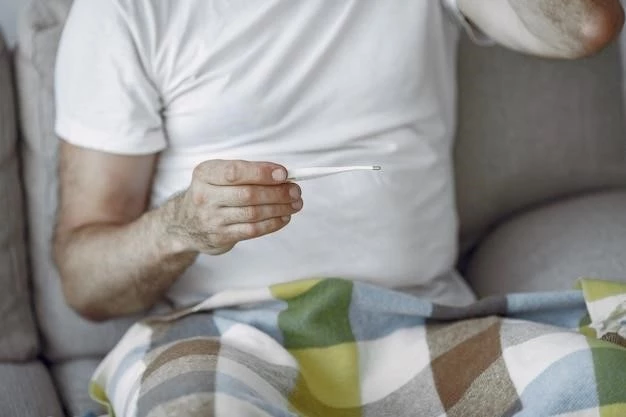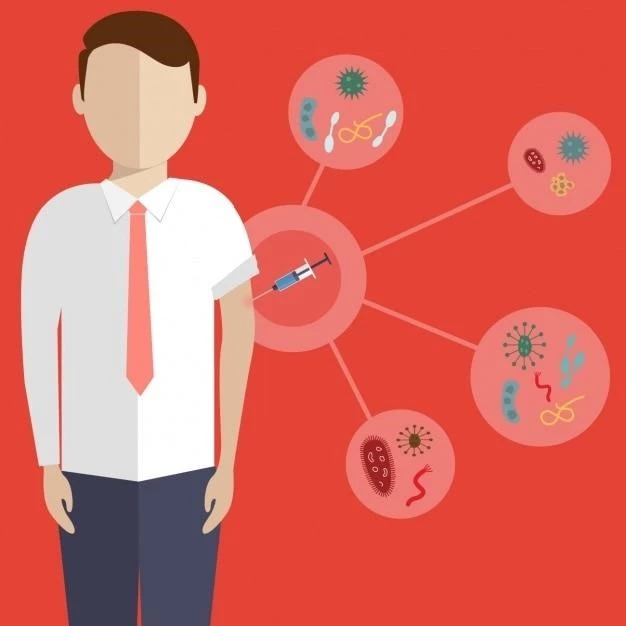Introduction
Overview of Absent Thumb-Short Stature-Immune Deficiency Disease⁚ An autosomal recessive condition with unique features like thumb aplasia, short stature, and combined immunodeficiency.
Overview of Absent Thumb-Short Stature-Immune Deficiency Disease
⁚ This rare autosomal recessive condition is characterized by thumb aplasia, short stature with skeletal abnormalities, and combined immunodeficiency. The disease manifests unique features like thumb deformities, delayed skeletal development, and immunodeficiency symptoms. Short stature, thumb abnormalities, and immune deficiency are key diagnostic criteria for this condition. Proper diagnosis involves radiological and biochemical tests. Management requires a multidisciplinary approach to address both immunodeficiency and skeletal issues effectively. Stay informed about the latest research and medical resources available for individuals affected by this disease.
Clinical Manifestations
Patients with Absent Thumb-Short Stature-Immune Deficiency Disease may experience skeletal abnormalities, thumb deformities, and immunodeficiency symptoms. Diagnosis of short stature involves various tests.
Skeletal Abnormalities and Immunodeficiency Symptoms
The disease, characterized by thumb aplasia, short stature with skeletal abnormalities, and combined immunodeficiency, presents unique features like thumb deformities, delayed skeletal development, and immunodeficiency symptoms that warrant thorough diagnosis through radiological and biochemical tests. Proper management entails a multidisciplinary approach to address both the immunodeficiency and skeletal issues effectively. Stay informed about the latest research and medical resources available for individuals affected by this unique condition.
Diagnostic Criteria for Short Stature
Diagnosis of short stature involves measuring an individual’s height in comparison to standardized growth charts. It is crucial to conduct biochemical and radiological tests to identify underlying causes of short stature, which can range from hormonal imbalances to genetic conditions. Consulting with healthcare providers specialized in growth disorders is essential for accurate diagnosis and appropriate management strategies.
Genetic Aspects
Explore the autosomal recessive inheritance pattern and familial connections associated with Absent Thumb-Short Stature-Immune Deficiency Disease. Stay informed about the genetic aspects of this rare condition.
Autosomal Recessive Inheritance and Related Families
Understand the genetic aspects of Absent Thumb-Short Stature-Immune Deficiency Disease, which follows an autosomal recessive inheritance pattern. Learn about the familial connections associated with this rare condition.
Understand related syndromes such as Fanconi anemia and other conditions presenting with short stature, thumb abnormalities, and immunodeficiency symptoms.
Associated Syndromes
Explore conditions like Fanconi anemia and others associated with short stature, thumb abnormalities, and immune deficiencies.
Thumb Abnormalities
Understand thumb abnormalities like hypoplasia, aplasia, and deformities seen in Absent Thumb-Short Stature-Immune Deficiency Disease.
Fanconi Anemia and Other Conditions with Short Stature
Learn about associated conditions like Fanconi anemia and other syndromes linked to short stature, thumb abnormalities, and immune deficiencies for a comprehensive understanding of related disorders.

Diagnosis and Testing
Explore diagnostic tests such as radiological and biochemical tests used to identify causes of short stature and associated skeletal abnormalities.
Radiological and Biochemical Tests for Short Stature
Diagnosing short stature involves medical imaging such as X-rays and biochemical tests to assess hormonal levels and identify underlying causes like genetic conditions or hormonal imbalances. Seek guidance from healthcare professionals for accurate diagnosis and personalized treatment plans.
Implement strategies to manage immunodeficiency and skeletal abnormalities effectively in Absent Thumb-Short Stature-Immune Deficiency Disease.
Treatment Approaches
Effectively manage the skeletal abnormalities and immunodeficiency symptoms associated with Absent Thumb-Short Stature-Immune Deficiency Disease through a comprehensive treatment strategy tailored to the individual’s needs.

Research and Medical Resources
Stay updated on the latest research and medical resources available for Absent Thumb-Short Stature-Immune Deficiency Disease.
Latest Findings and Clinical Resources on the Disease
Stay informed about the latest research and clinical resources available for Absent Thumb-Short Stature-Immune Deficiency Disease. Explore new findings to enhance your understanding of this rare condition.
Conclusion
Adopt a multidisciplinary approach to evaluate and address Absent Thumb-Short Stature-Immune Deficiency Disease effectively.
Multidisciplinary Approach to Evaluating and Addressing the Disease
Embrace a comprehensive approach involving various specialists to effectively evaluate and manage Absent Thumb-Short Stature-Immune Deficiency Disease. Coordination among healthcare providers is vital for a holistic treatment plan.
